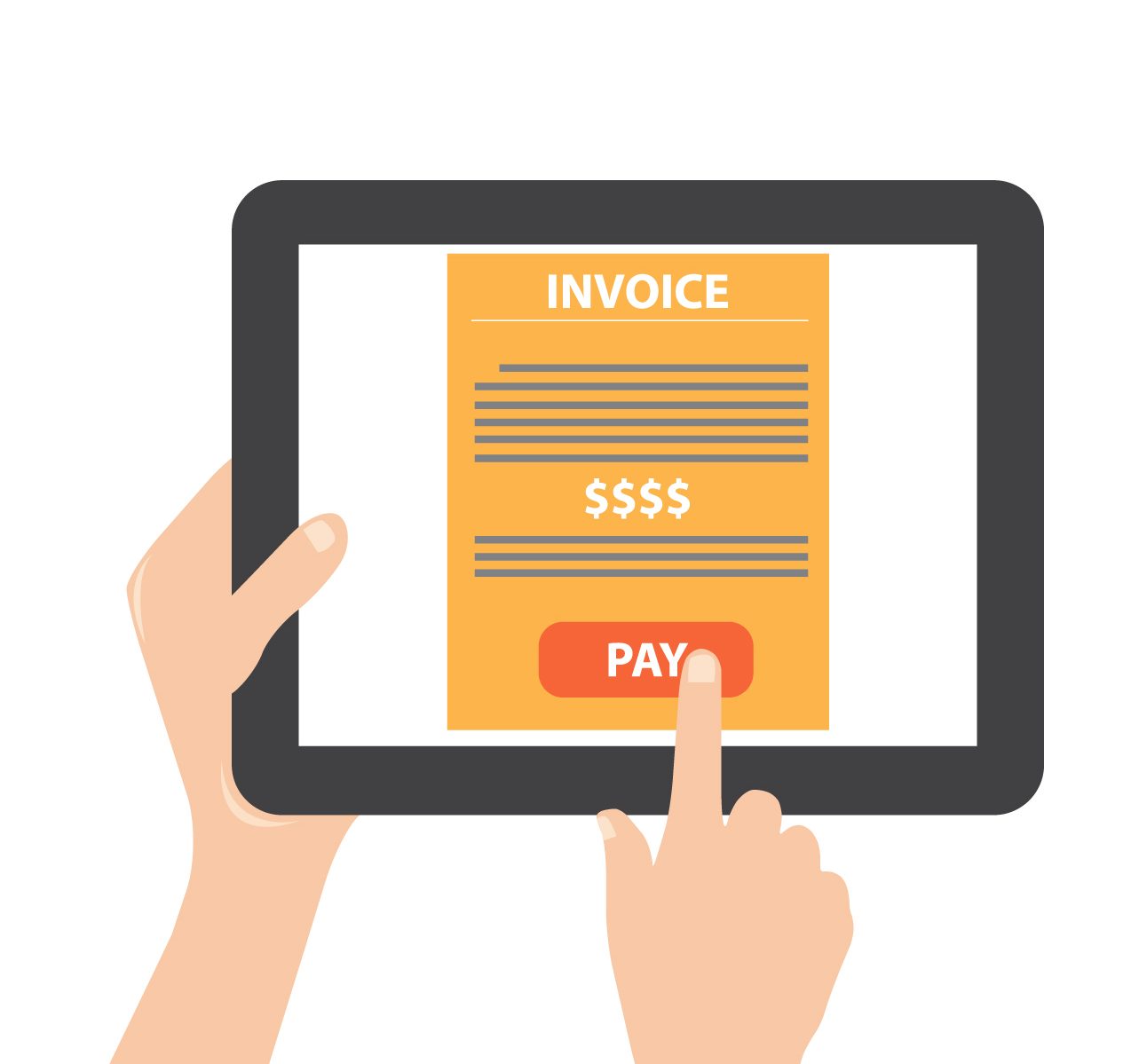Invoicing a client is like driving a car. Once you’ve got the hang of it, you’ll perform the duties on autopilot. But it doesn’t start out this way. Everyone feels awkward, confused and a little bit silly when they get behind the wheel for the first time, and typing up an invoice can evoke the same set of emotions. It’s simply a case of experience.
But, like a supportive parent who takes their child out on the tarmac before the first driving lesson, Bright Ideas are going to give you head start. If you’re new to freelancing or contracting, you’ll be needing to submit your first payment request pretty soon, and listed below are some tips to help you out.
Cover the legal essentials
Invoices need to be watertight when it comes to legal matters. This keeps things clear for you, the client, or even a court of law (in rare cases where disputes arise). The absolute essentials for almost any invoice include:
- Name
- Address
- Contact (telephone and email)
- Date of invoice
- Type of work being charged for (e.g. design services, copywriting services etc)
- Dates when work was conducted and completed
- VAT (if applicable)
- Total amount charged
And, last but not least, remember to slap “INVOICE” clearly at the top. It’s not uncommon for first-time contractors to get so wrapped up in the payment details that they forget to include the most important word of all.
Set terms & Conditions
Listing T&Cs on your invoice – be it at the base or on the reverse – is a sure-fire way to ensure there is complete clarity. In this small text, you can include things like what you will charge if there is a late payment, and who to contact if sums cannot be made on time.
When sending your invoice, include a message kindly asking the recipient to read the T&Cs closely. Aside from presenting a professional appearance, including small-print will keep everyone on the same page.
Brand your invoice
It’s always worth projecting a professional image at every opportunity, and decorating your invoice with noteworthy brand markings is highly recommended. Not only does this help to create a consistent tone across platforms, it also renders your invoices unmistakable and authentic.
Anyone issuing a branded invoice is going to appear like they mean business – and clients are far less likely to take liberties or delay payments to people who look the part. Something as simple as branding can go a long way to helping you maintain a healthy, dependent income stream.
Don’t start from scratch
Attempting to put together a professional-looking invoice on a fresh spreadsheet can prove troublesome, and there’s always the risk you might waste huge amounts of time tweaking margins and text size.
Make things easier for yourself by using the tools available to you. FreeAgent, for example, has a range of ready-made invoice templates for you to take advantage of, along with all the supportive information you could need along the way.
At Bright Ideas, we offer specialist accounting and tax advice for freelancers and contractors, helping them keep their books up-to-date and well-organised. We’re permanently on hand to assist you with any queries you might have about accounting or bookkeeping, so don’t hesitate to get in touch on 0161 951 5306.





